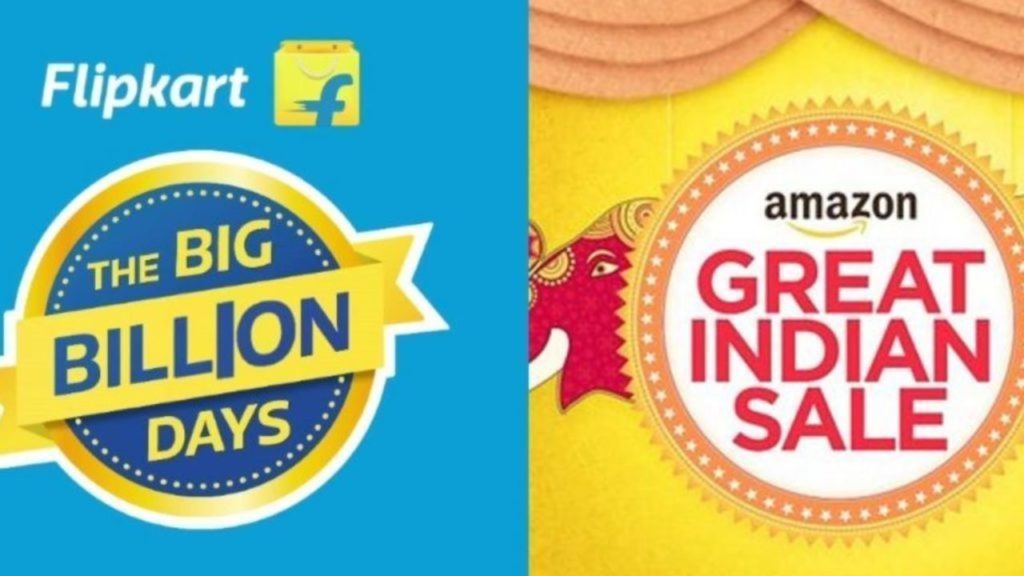Indians Bought Rs 60,000 Cr Of Goods Online During Festive Sales; Flipkart Beats Amazon In Volume

The pandemic changed the buying behavior drastically this year and accelerated the shift to e-commerce.
This is evident from the increasing number of consumers reflected in the 88% customer growth as well as the higher frequency of shopping online while people celebrate slew of festivals including the festival of lights eventually leading to overall e-commerce market growth of 55% as compared to last year.
Redseer On the Festive Sales
According to Redseer, a management consulting firm, the festive sales from mid October to November clocked 8.3 billion $ in gross merchandise value(GMV) for the ecommerce sector which has increased significantly as compared to 5 billion $ during the festive month previous year. GMV has increased around 65% as compared to previous year. Flipkart, reportedly with 66 % of overall GMV has trumped Amazon this festive season with .
Out of 88 million shoppers who made the purchase this season through e-commerce, 55% come from Tier 2 towns whereas 45% from metros and Tier 1 cities. This number is huge when compared with 47 million shoppers the last season. Various reasons for this increased online shoppers can be:-
- Presale awareness
- Wide selection across categories
- Disruption of offline stores
- Multiple credit and affordability constructs
- Right assortment at right price
- Safe delivery to doorsteps
Ecommerce : A great value proposition
According to Mrigank Gutgutia, director, e-commerce, RedSeer Consulting “One clear lesson from this festive season is that e-commerce has become more mainstream than ever. And it has proven that with the right assortment at the right prices which is delivered quickly in the safety of customer’s homes – the value proposition of e-commerce is very powerful. Thus, it is imperative for brands and sellers to shift their focus to online quickly and enable a seamless online experience for the customer in order to thrive in a post COVID world”
He also said that “The overall growth story has been very bullish this festive season. We had forecast $7 billion in sales but the actual figures surpassed our expectations clearly, showing how comfortable consumers have become with shopping online even in a pandemic-hit year.”
Flipkart experienced 40 % growth in its flagship event, Big Billion Days(BBD) as compared to last year. It was so well received that the ecommerce giant achieved its target only in three days of the week long sale. Amazon also witnessed their sellers reaching out to millions of customers but its sales in the first week was less than half to that of flipkart. The reason for the same is that flipkart has premium and value products hence catering to the not just to metro, tier1 but also tier 2 and tier 2 regions, unlike Amazon which is more targeted to metro and tier 1 customers.
According to Redseer, despite the Indo-China relations being precarious which could have affected the supply chain, the ecommerce players maintained a high level of item availability.
Affordability along with aggressive tie-ups through brands and financing deals was the strategy used by ecommerce platforms to spur the demand which is enabling both the sellers and brands to recover after the pandemic due to online sales.
In the category mix, smartphones continue to dominate. Also due to forced shift to work and study from home, electronics and large appliances are witnessing increased sales

Comments are closed, but trackbacks and pingbacks are open.